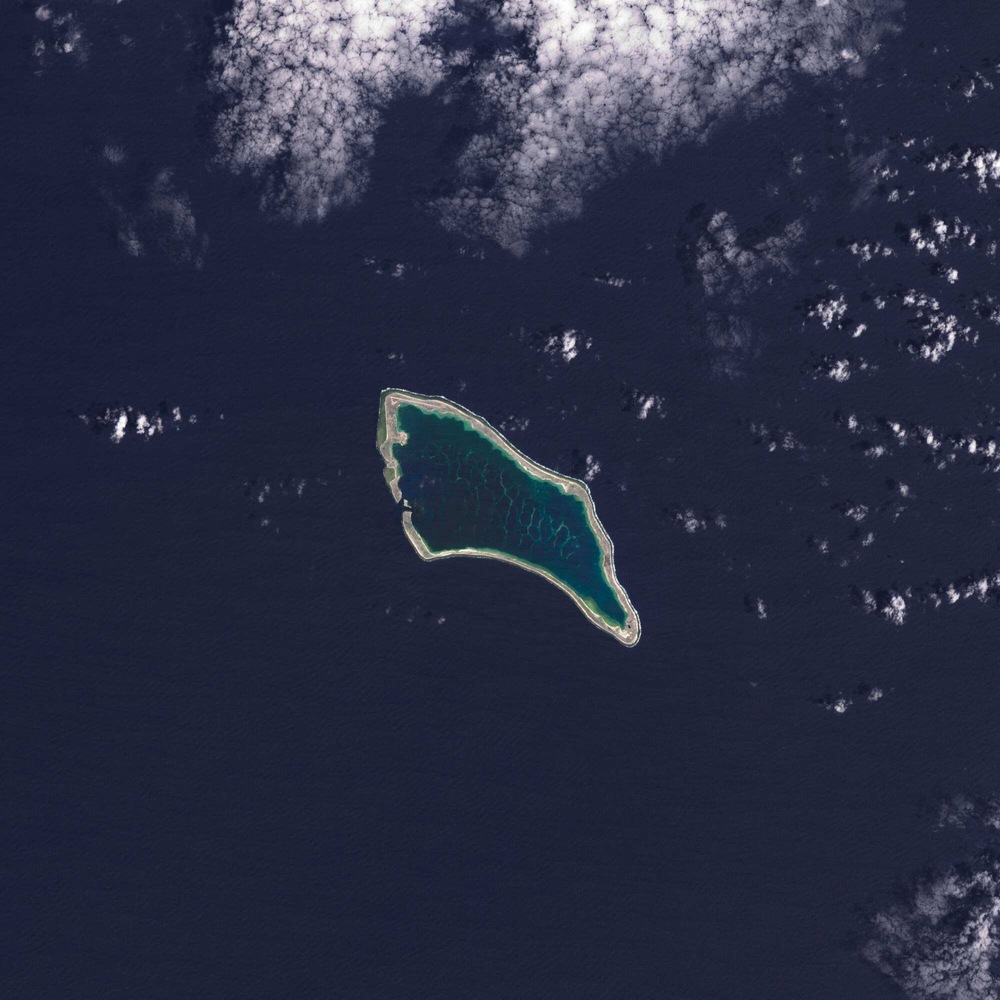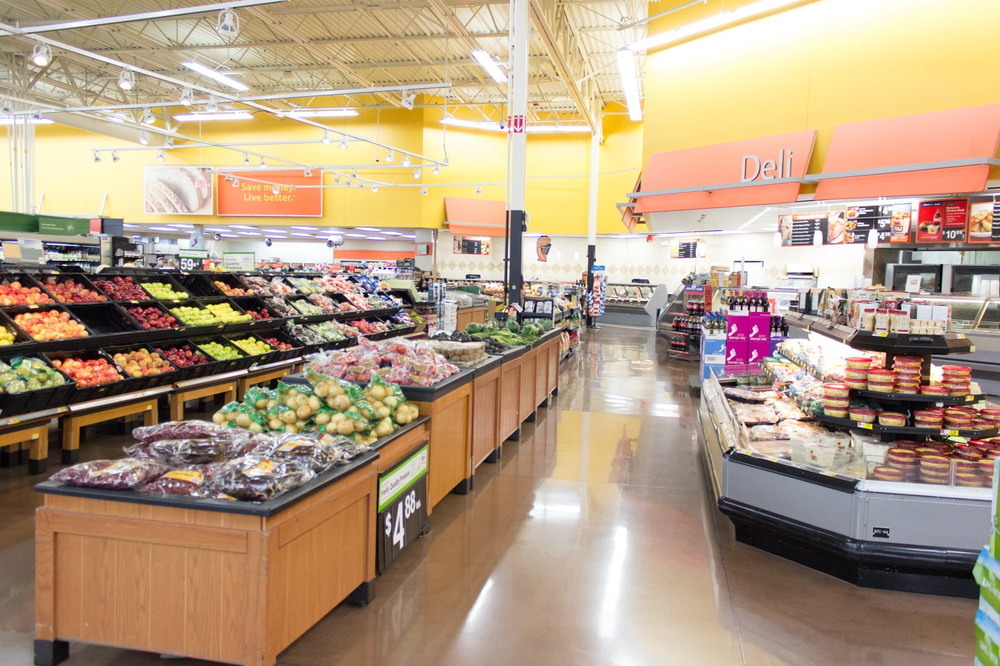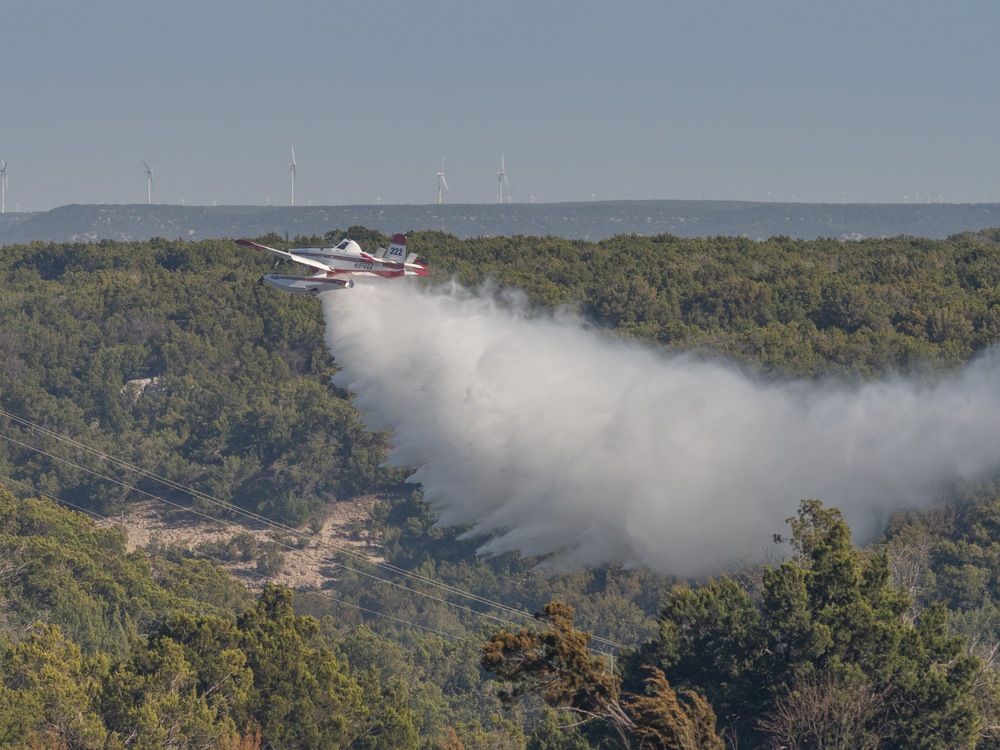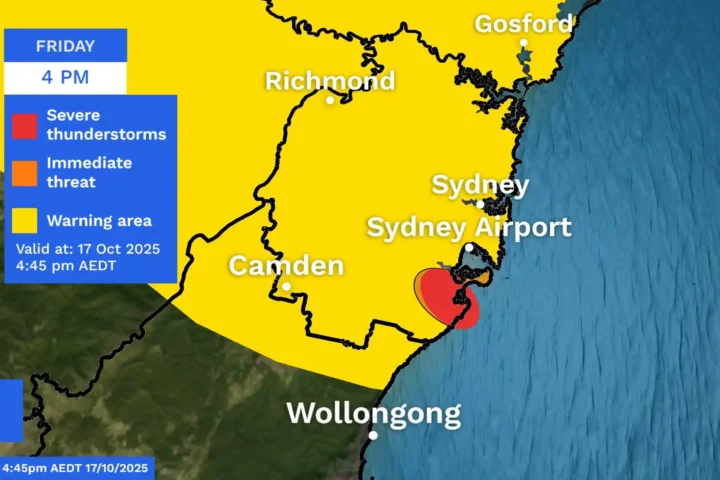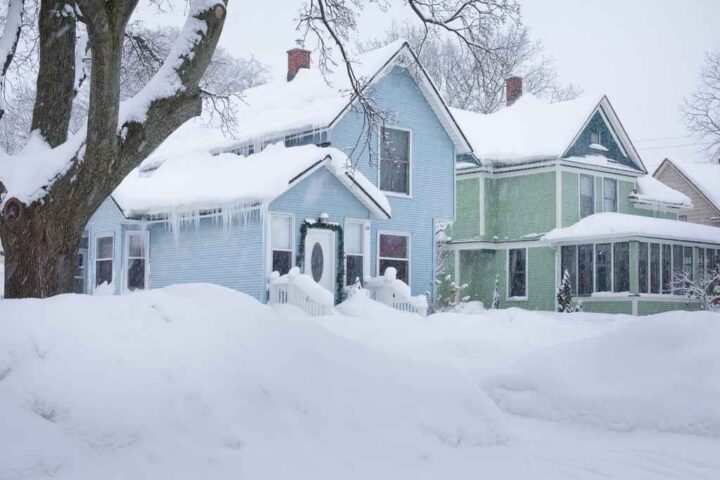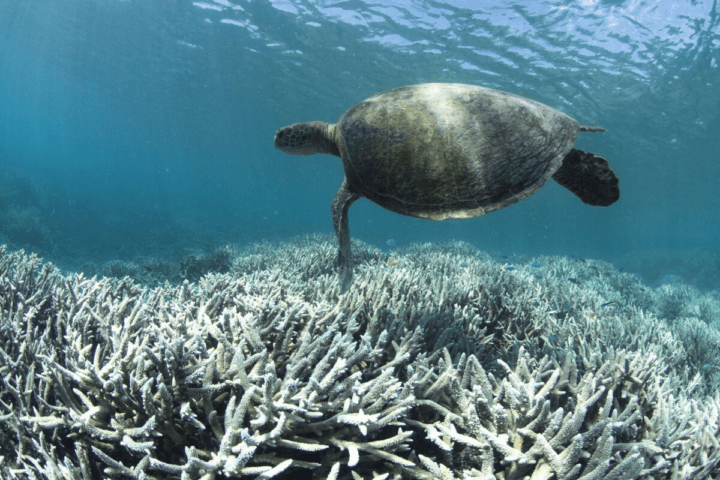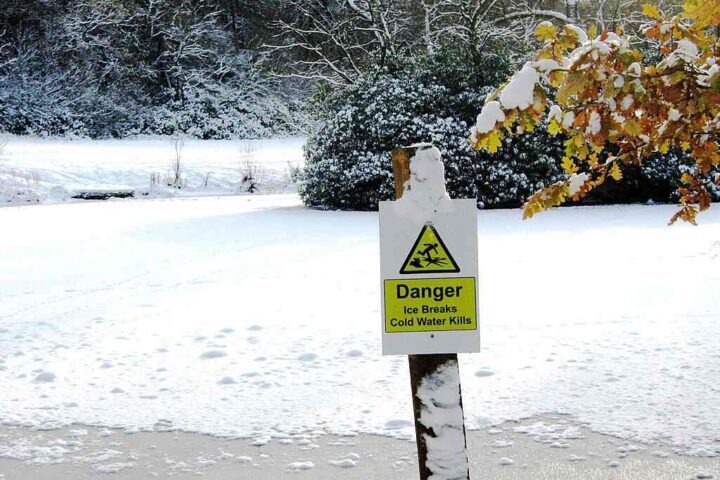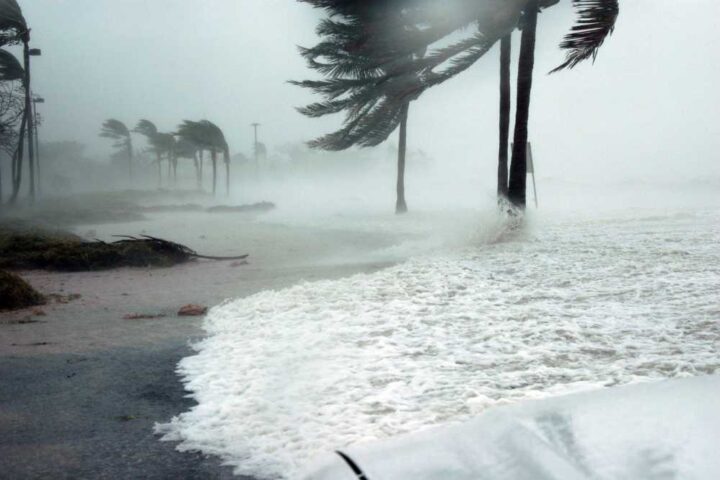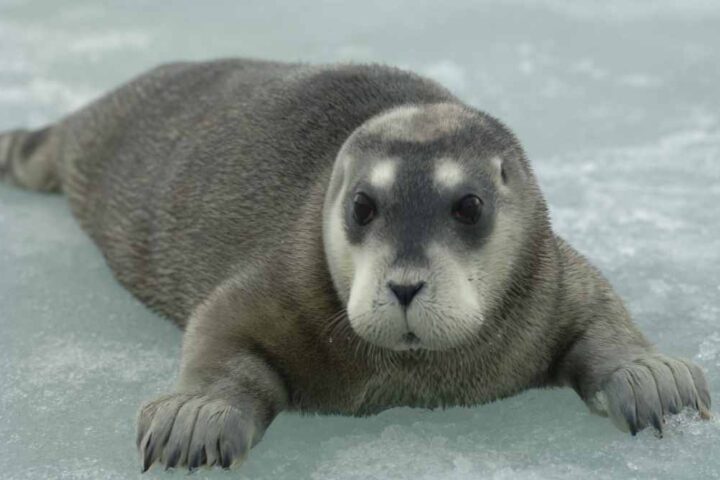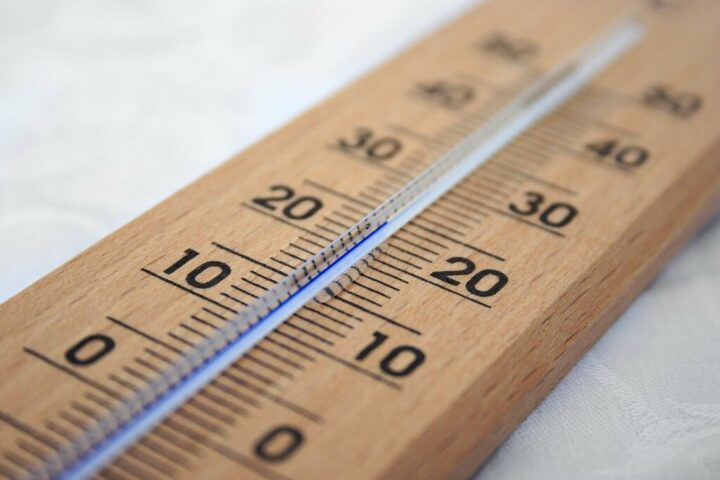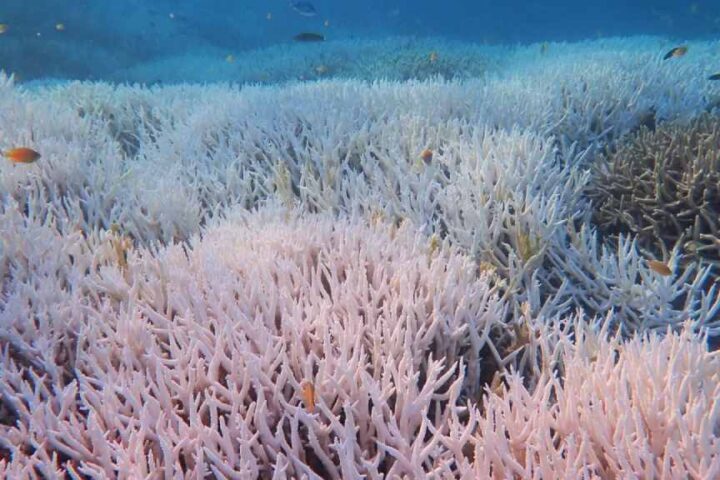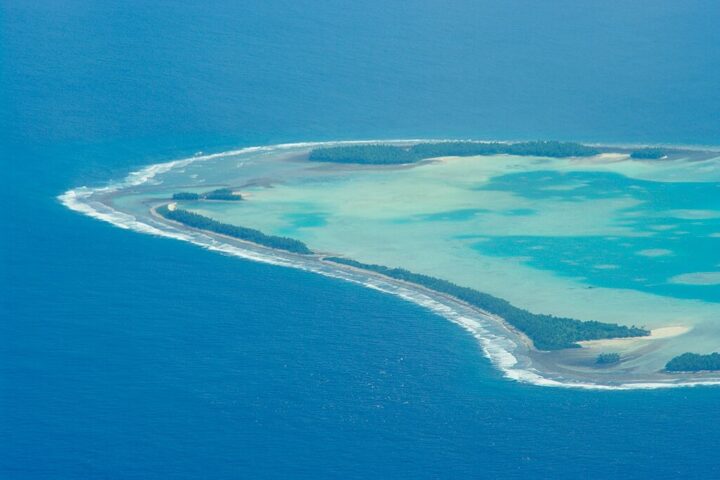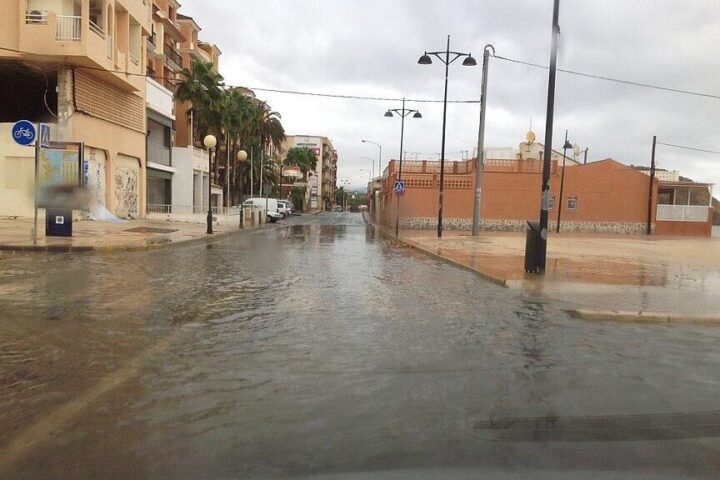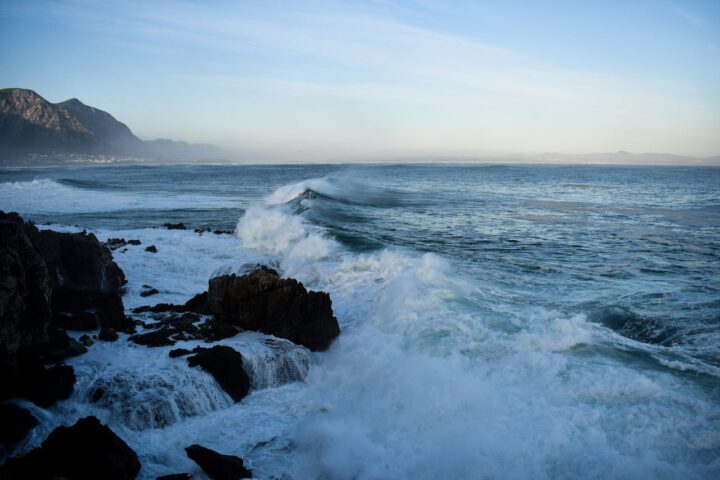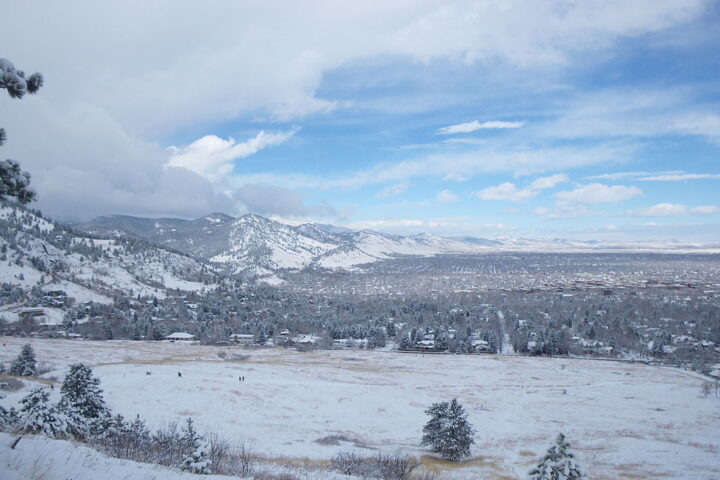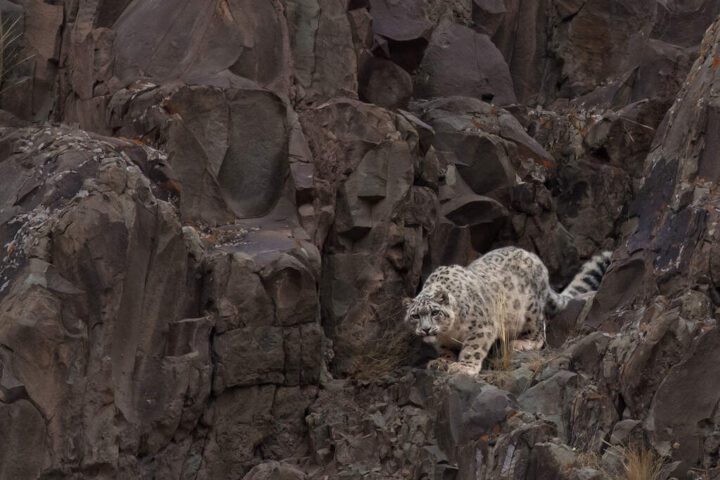Climate change is rapidly reshaping the Pacific, threatening millions of people who call these islands home. A recent NASA analysis paints a sobering picture for nations like Tuvalu, Kiribati, and Fiji, projecting at least 6 inches (15 centimeters) of sea level rise within the next three decades. This increase will occur regardless of any changes in greenhouse gas emissions, underscoring the urgency of the situation.
Sea Level Rise: A Looming Reality
NASA’s sea level change science team conducted this analysis at the request of several Pacific Island nations, working closely with the U.S. Department of State. Their findings, released on September 23, include high-resolution maps showing areas vulnerable to high tide flooding by the 2050s. These maps outline flooding potential across various emissions scenarios, from best-case to worst-case.
Dr. John Fasullo, a climate scientist at the National Center for Atmospheric Research (NCAR), said, “By knowing that climate change is playing a role in creating these regional patterns, we can be more confident that these same patterns may linger or even intensify in the future if climate change continues unabated,” Fasullo said. “With sea levels projected to rise a couple of feet or more this century on average, information about expected regional differences could be critical for coastal communities as they prepare.”
The Flood Forecast: A Dramatic Increase
The analysis reveals a staggering increase in high-tide flooding days for nearly all Pacific Island nations by the 2050s. For instance:
- Tuvalu: Areas currently experiencing fewer than five high-tide flood days annually could see an average of 25 flood days per year.
- Kiribati: Regions currently facing fewer than five flood days a year may endure an average of 65 flood days annually.
Grace Malie, a youth leader from Tuvalu involved with the Rising Nations Initiative, provides a stark perspective: “I come from a very beautiful country, it’s paradise, absolute paradise and that’s Tuvalu, but due to climate change my paradise will be lost forever. The seas are rising because of a polluted way of life “.
The Human Impact: More Than Just Numbers
The consequences of sea level rise extend far beyond mere statistics. For Pacific Islanders, it’s a threat to their very way of life. Flooding can occur from ocean inundation during storms or exceptionally high tides, known as king tides. However, it can also result from saltwater intrusion into underground areas, pushing the water table to the surface.
Malie describes the situation vividly: “There are points on the island where we will see seawater bubbling from beneath the surface and heavily flooding the area.”
Economic Implications
The economic impact of sea level rise on these nations is significant. Tourism, a major source of revenue for many Pacific Island countries, is at risk due to increased flooding and coastal erosion. Additionally, disaster response and recovery costs are expected to rise as sea levels continue to increase.
“Rising seas are also eroding coastal areas, causing shorelines to retreat, forcing small island states to invest in reconstruction actions and preventative climate change adaptation. All these are highly costly and put enormous pressure on their national budgets,” says UNDP.
Similar Posts
Cultural Heritage at Risk
The cultural implications of sea level rise are profound. Many Pacific Island nations have rich cultural heritage and traditional ways of life that are threatened by the encroaching seas. The potential loss of heritage sites and traditional practices is a major concern for these communities.
Global Responsibility and International Support
The situation in the Pacific Islands emphasizes the need for global responsibility in addressing climate impacts. International aid and support initiatives are crucial for helping these nations cope with sea level rise. Organizations like the United Nations and various non-governmental organizations are providing funding and technical assistance to support adaptation efforts.
Adaptation Strategies: A Race Against Time
Pacific Island nations are actively working on various adaptation strategies to combat the effects of sea level rise. These include:
- Construction of sea walls
- Implementation of sustainable agriculture practices
- Development of early warning systems
- Relocation of vulnerable communities
The Role of Science and Technology
NASA’s research team, led by scientists from the University of Hawaii and in collaboration with the University of Colorado and Virginia Tech, is at the forefront of this crucial work. They’ve started with flood maps for Kiribati, Tuvalu, Fiji, Nauru, and Niue, with plans to expand to other Pacific Island nations.
Ben Hamlington, a sea level researcher at NASA’s Jet Propulsion Laboratory and the agency’s sea level change science team lead, highlights, “The Sentinel-6 satellite allow us to have a better understanding of how the Earth’s climate is changing”. He also notes, “We’re always focused on the differences in sea level rise from one region to another, but in the Pacific, the numbers are surprisingly consistent.”
The Road Ahead: Challenges and Opportunities
While the situation is dire, it also presents opportunities for innovation and global cooperation. Ongoing research and innovations in climate resilience and sustainable design offer hope for the future of Pacific Island nations. Scientists are exploring new technologies and approaches to help these communities adapt to the changing environment.
However, challenges remain. Hamlington points out, “There’s a real lack of on-the-ground data in these countries.” Combining satellite data with ground-based measurements could yield more precise sea level rise projections and an improved understanding of the impacts on Pacific nations.
A Call to Action
As Grace Malie poignantly states, “As you delay implementing Paris Agreement or paying for loss and damage the identity of not just to Tuvalans, but other big ocean states are at stake we have done the least to cause the crisis, but we are paying the highest price”.
The plight of Pacific Island nations is a stark reminder of the immediate and tangible impacts of climate change. It calls for urgent action, not just from the affected countries, but from the global community as a whole. As sea levels continue to rise, the clock is ticking for these island nations, making every effort to mitigate and adapt to climate change more crucial than ever.
